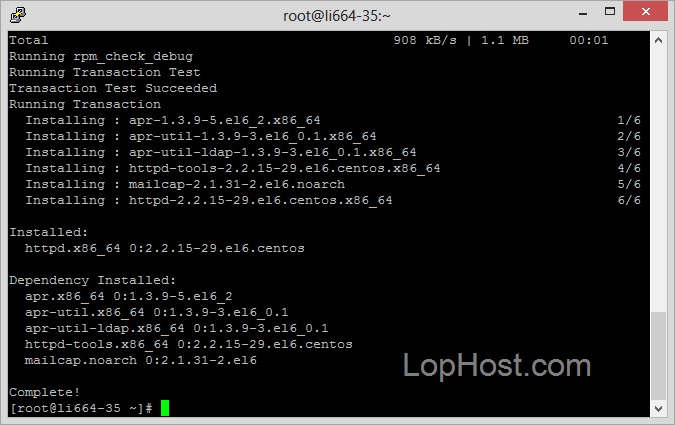
This block of codes means, No one can access the root folder through Web Service and this setting can’t be changed from other configurations. Require all denied # All are denied to access the root folder from Web. htaccess) for root folder can’t override the configuration setting of this block. #Starting point of configuration setting block for root (/) directoryĪllowOverride none #Other Configuration (from.It is optional as server can automatically determine it. ServerName :80 #Server uses to identify itself.ServerAdmin #Email Address that server displays in error messages to send server related information (problems, error).Also, it is the default configuration value for the virtual host. It is the default configuration for the webserver that responds to all requests that aren’t handled by the virtual host definition. Group apache #This defines the group that apache webserver runs.Īnything you want to serve with Web Server needs to be accessible to the user and group defined here. User apache #This defines the user that apache web server runs.LoadModule is used to load the DSO module.DSO is the component that extends the functionality of a web server by adding support for different technologies like adding support for PHP. The configuration inside here is used for adding support of Dynamic Shared Object (DSO). So, the absolute path of directory is /etc/httpd/

Note: all relative directory/folder in apache configuration will be respective to ServerRoot location.

You can also specify a specific IP address if you have more than one IP and want to associate only specific IP.


 0 kommentar(er)
0 kommentar(er)
